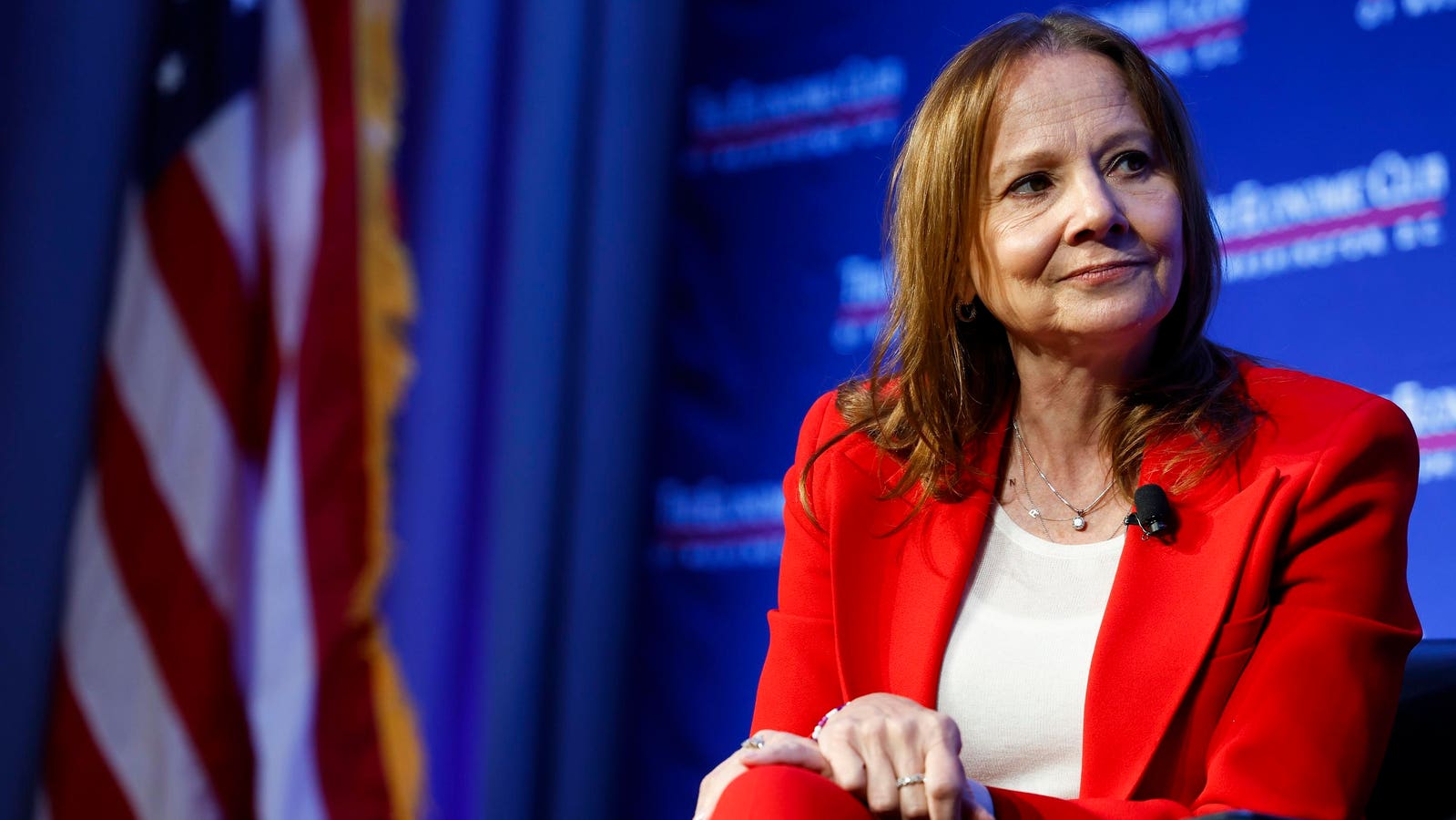The Art Of Building Moats: How Elite CEOs Create Lasting Advantages
Share to FacebookShare to TwitterShare to LinkedinNATIONAL HARBOR, MD – (Photo by Alex Wong/Getty Images)
Getty Images In a world where change happens gradually, then all at once, certain CEOs have demonstrated an extraordinary ability to not just navigate but thrive amid technological upheaval and market volatility. What distinguishes truly exceptional chief executives from their peers? There are four crucial criteria: building unassailable competitive advantages, successfully navigating existential challenges, developing strong leadership pipelines, and demonstrating superior capital allocation skills.
Jeff Bezos and Satya Nadella exemplify these qualities in distinctly different ways. Bezos, though no longer CEO but still Amazon’s executive chairman, created perhaps the most formidable moat in modern business history. Amazon’s flywheel model combines Prime membership, vast logistics infrastructure, and AWS’s cloud dominance into an ecosystem that competitors find nearly impossible to replicate. Under his leadership, Amazon repeatedly faced and overcame existential challenges – from the dot-com crash to establishing AWS against skepticism.
Microsoft’s Satya Nadella similarly transformed his company’s competitive position, but through a different playbook. Taking over when Microsoft was losing relevance in the mobile era, Nadella orchestrated one of technology’s greatest pivots. He rebuilt Microsoft’s moat around cloud computing and enterprise services, while fostering a culture of innovation and collaboration.
General Motors’ Mary Barra stands as another exemplar of transformative leadership in a traditional industry facing disruption. Taking the helm of GM in 2014, Barra has fundamentally reimagined the company’s competitive advantage. Her bold commitment to an all-electric future, backed by a $35 billion investment through 2025, represents one of the most ambitious transformations in automotive history. Barra’s leadership demonstrates how to build new moats while managing the gradual sunset of legacy advantages – a crucial skill in an era of technological upheaval.
In Japan, two CEOs stand out for their exceptional leadership: Toyota’s Akio Toyoda and Sony’s Kenichiro Yoshida. Toyoda guided Toyota through multiple crises, from the 2010 recall challenges to the industry’s electric vehicle transformation. His ability to maintain Toyota’s legendary quality while investing heavily in hybrid and hydrogen technologies demonstrates both crisis management skills and moat-building capacity. Meanwhile, Yoshida transformed Sony from a consumer electronics company into a diversified giant spanning gaming, entertainment, and image sensors, creating new competitive advantages in each sector.
MORE FROMFORBES ADVISORBest High-Yield Savings Accounts Of 2024ByKevin PayneContributorBest 5% Interest Savings Accounts of 2024ByCassidy HortonContributor The four criteria for elite CEO performance manifest differently across industries and regions, but they consistently separate exceptional leaders from merely competent ones. Whether it’s building technological moats like Bezos and Nadella, operational excellence moats like Toyoda, or transformational moats like Barra, these leaders understand that sustainable competitive advantages are essential for long-term success.
Moreover, all these leaders share a crucial characteristic: they’ve built strong leadership benches beneath them. Bezos’s succession planning enabled Andy Jassy’s smooth transition, while Nadella has developed a deep bench of leaders across Microsoft’s divisions. Barra’s restructuring of GM’s leadership team to focus on electric and autonomous capabilities demonstrates how to build new competencies while maintaining operational excellence.
As we navigate through unprecedented technological and economic shifts, these CEOs’ approaches to building and maintaining competitive advantages offer crucial lessons. They demonstrate that while the specific challenges may change, the fundamental principles of exceptional leadership remain consistent: building moats, navigating crises, developing talent, and allocating capital wisely.
Their success stories remind us that in periods of “hockey stick” change, leadership isn’t just about responding to disruption – it’s about anticipating it and positioning organizations to capitalize on it. As we face an era of accelerating transformation, understanding and applying these principles becomes even more critical for the next generation of business leaders.
Follow me on Twitter or LinkedIn.












 Bitcoin
Bitcoin  Ethereum
Ethereum  Tether
Tether  XRP
XRP  USDC
USDC  Solana
Solana  TRON
TRON  Lido Staked Ether
Lido Staked Ether  Dogecoin
Dogecoin